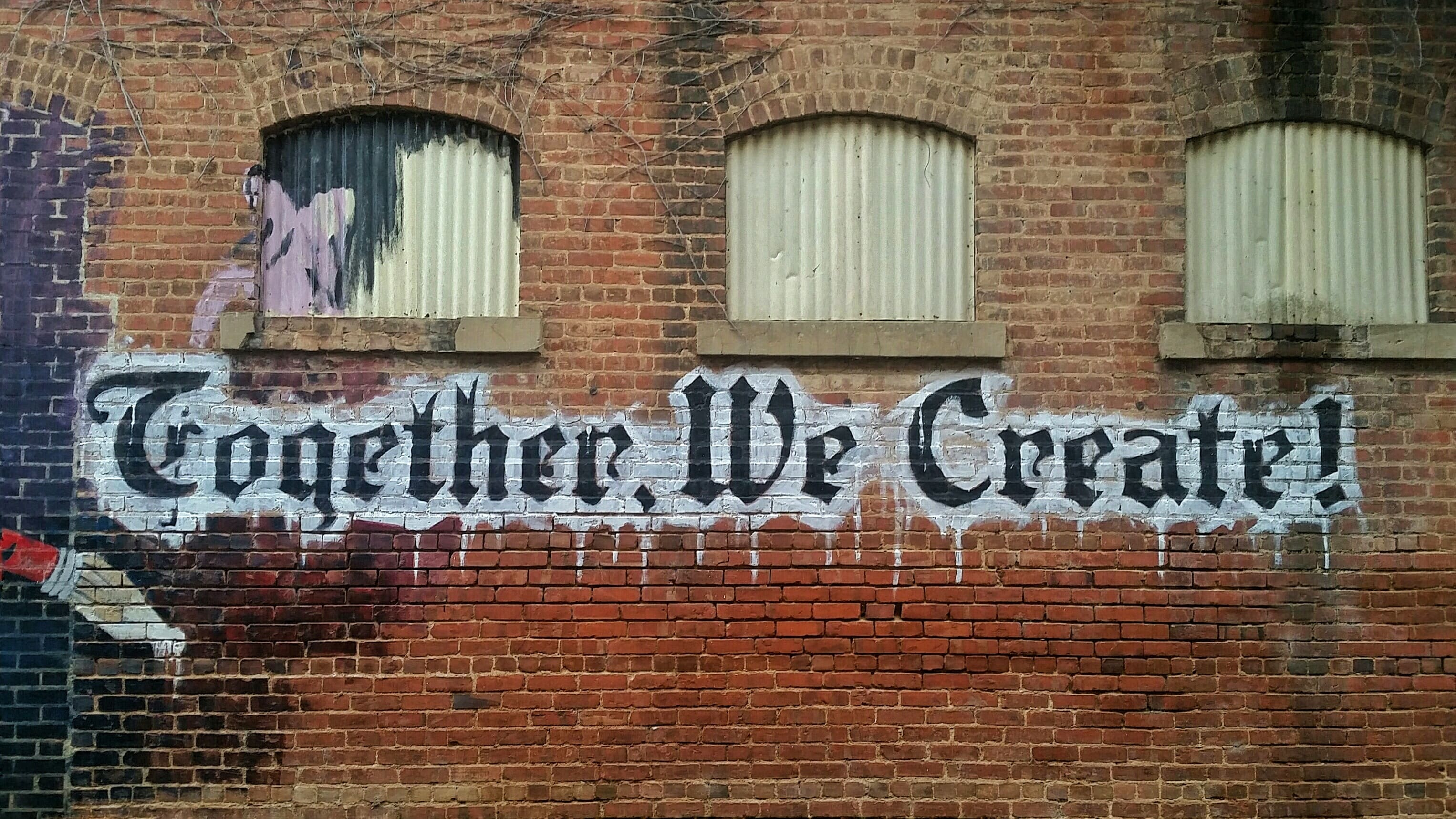

**The Evolution of Love: How Romantic Relationships Have Changed Over the Decades** Explore how societal norms, technology, and cultural shifts have transformed the way we experience and express love throughout the years.
The concept of love and romantic relationships has undergone significant transformations over the decades, influenced by societal norms, technological advancements, and cultural shifts. Understanding these changes provides insight into how we experience and express love today.
1. Societal Norms and Gender Roles
In the early 20th century, romantic relationships were largely governed by strict societal norms and gender roles. Marriage was often seen as a necessity rather than a choice, with women expected to marry and manage the household while men were the breadwinners. Love was frequently viewed through the lens of duty and obligation rather than emotional connection.
As we moved into the 1960s and 1970s, the sexual revolution challenged these traditional norms. The emergence of the feminist movement encouraged women to seek independence and personal fulfillment outside of marriage. This shift is exemplified by the introduction of birth control, which allowed women greater control over their reproductive choices and sexual relationships, leading to more egalitarian partnerships.
2. The Impact of Technology
The advent of technology has dramatically reshaped how we meet, communicate, and maintain romantic relationships. In the early days of the internet, online dating was often stigmatized; however, platforms like Match.com (founded in 1995) and later Tinder (launched in 2012) revolutionized dating by making it more accessible and convenient. Today, millions of people use dating apps to find love, often prioritizing compatibility through algorithms based on interests and preferences.
Moreover, social media has transformed how couples express love. Platforms like Instagram and Facebook allow partners to publicly showcase their relationships, share experiences, and maintain connections regardless of distance. This visibility can strengthen bonds but also introduce challenges related to privacy and comparison.
3. Cultural Shifts and Diverse Expressions of Love
As society progresses, the definition of love and acceptable relationships has expanded to embrace diverse forms of partnership. The late 20th and early 21st centuries have seen increased visibility and acceptance of LGBTQ+ relationships. Landmark events, such as the legalization of same-sex marriage in many countries, have allowed individuals to express love openly without fear of discrimination.
Additionally, cultural shifts have led to the normalization of alternative relationship structures, such as polyamory and open relationships. These arrangements challenge traditional monogamous frameworks and highlight the evolving understanding of love as a fluid and multifaceted experience.
4. Changing Attitudes Towards Commitment
In recent years, there has been a noticeable shift in attitudes towards commitment and marriage. Millennials and Generation Z often prioritize personal growth and career development over traditional timelines of marriage and family. According to a Pew Research Center survey, many young adults view marriage as an option rather than a requirement, leading to a rise in cohabitation and long-term partnerships without formal commitment.
5. Conclusion
In conclusion, the evolution of love and romantic relationships reflects broader societal changes, technological advancements, and cultural shifts. From rigid societal norms to the embrace of diverse expressions of love, each decade has contributed to a more nuanced understanding of what it means to be in a relationship. As we move forward, it is likely that love will continue to evolve, shaped by the ongoing interplay of culture, technology, and individual desires.
Related Posts
© 2025 Invastor. All Rights Reserved

User Comments